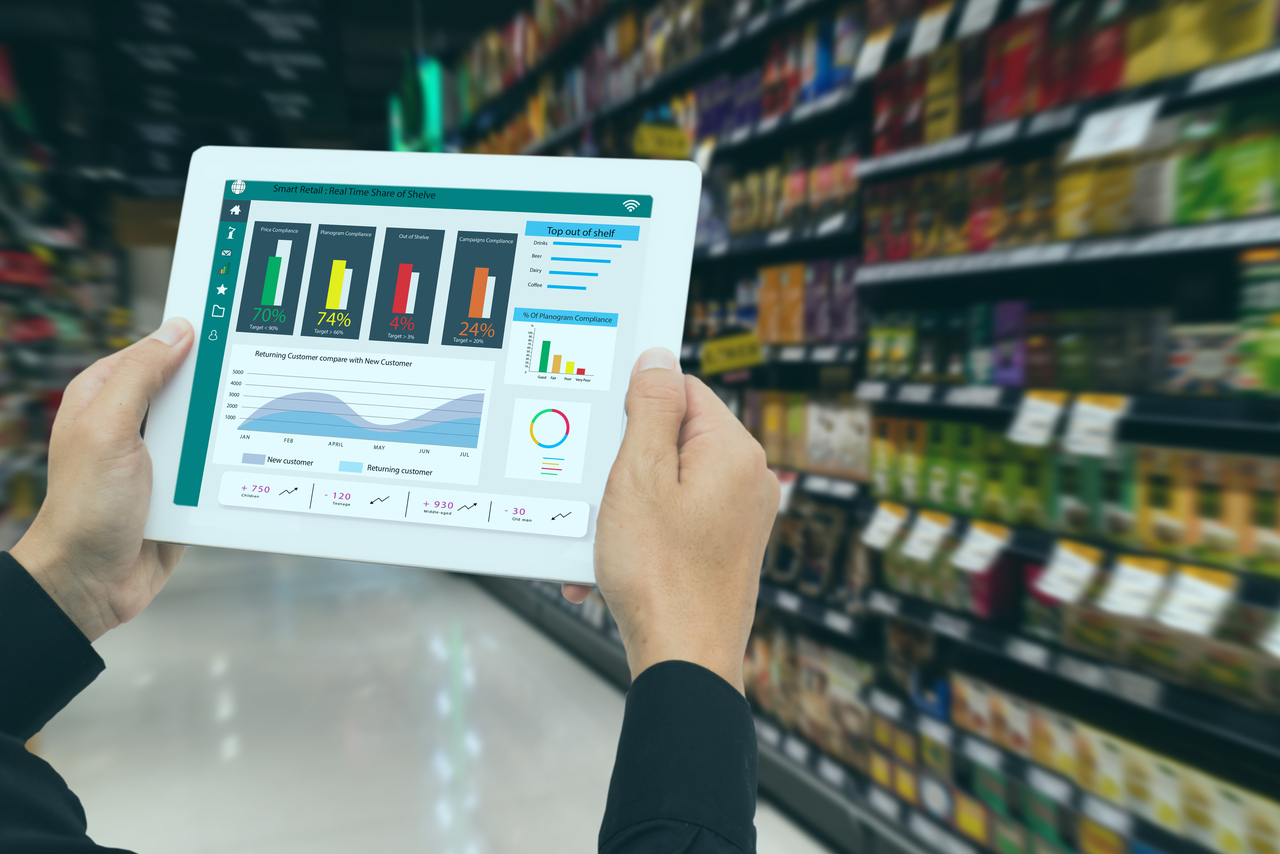In today’s globalized economy, cross-border payments are essential for international trade, remittances, and business operations. As the financial technology ecosystem and landscape is progressing, blockchain came out as the game changer for cross border payments. Blockchain offers solutions to overcome longstanding challenges in traditional financial systems.
According to coinlaw.io, Blockchain-based cross-border payments are growing at an annual rate of 48%, with the market expected to reach $5 trillion by 2025. According to a report by Statista, as companies expand into international markets and consumers become more globally mobile, the number of B2B cross-border transactions conducted via blockchain is projected to reach 745 million by 2025.
Challenges of Traditional Cross-Border Payments
Traditional cross-border transactions rely on a complex network of correspondent banks. This system is plagued by multiple challenges. Some of the challenges are listed are
- High Transaction Costs: Banks and financial institutions charge substantial fees for currency exchange and transaction processing.
- Slow Settlements and Processing Time: Transactions take several days to settle due to multiple verification steps across different financial entities. Delay in settlement increases due to time zone differences and manual processes.
- Lack of Transparency: Senders and recipients have limited visibility into the status of a transaction.
- Limited Accessibility: Individuals in underbanked regions face hurdles in accessing international financial services.
- Currency Conversion: The unpredictability of exchange rates poses a risk to cross-border transactions, as the value of a payment may change between the time it is sent and when it is received.
Blockchain’s Transformative Impact
- Faster Settlements: Blockchain enables near-instant transactions by eliminating intermediaries. Payment can be completed in minutes, improving liquidity and cash flow for businesses and individuals.
- Reduced Costs: By removing the need for intermediaries like banks and clearinghouses, blockchain significantly reduces transaction fees. Stablecoins and CBDCs streamline costs by minimizing exchange rate fluctuations.
- Enhanced Transparency: Blockchain’s distributed ledger provides real-time visibility into transaction status. All participants can track payments from initiation to completion, reducing uncertainty and improving the reconciliation process. Transparency builds trust among parties and reduces disputes or errors in fund transfers.
- Improved Security: Through cryptographic encryption, blockchain ensures transactions are tamper-proof and resistant to fraud. Each transaction is recorded immutably on the ledger, reducing the risk of unauthorized changes or double spending.
- Smart Contract Automation: Blockchain facilitates programmable payments using smart contracts which automate compliance checks, reducing operational risks and ensuring seamless international transactions without manual intervention.
- Improved Financial Inclusion: Blockchain helps bridge this gap by offering financial access to those without traditional banking services. It allows individuals to conduct peer-to-peer transactions directly, bypassing conventional banking systems and potentially extending financial inclusion to underserved communities.
As blockchain continues to evolve, the vision of seamless, borderless financial transactions is becoming a reality. Businesses, FIs, and individuals are gaining significantly from the transformation, paving the way for a more inclusive and efficient global economy.











